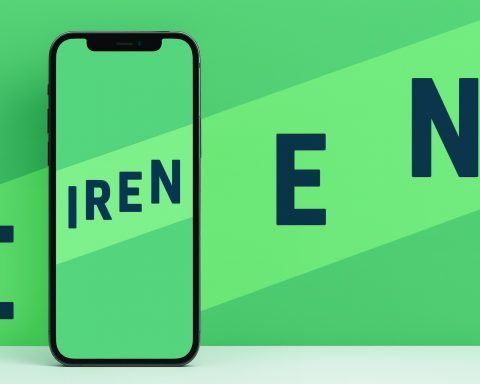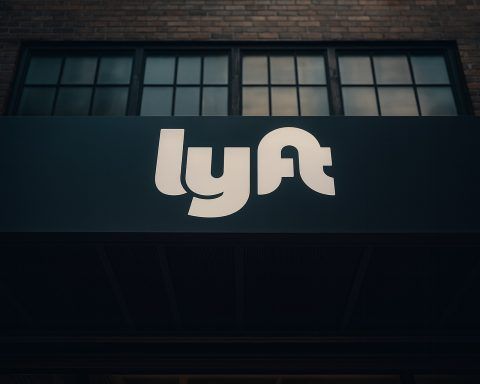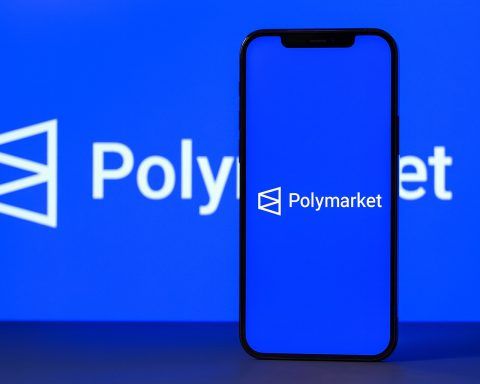
Intel Stock Surges 80% on AI Chip Hype – Can $INTC Keep Flying?
Sources: Latest Intel news and filings, financial data, and analyst reports as of Oct 10, 2025 techi.com investopedia.com marketbeat.com ts2.tech reuters.com reuters.com nvidianews.nvidia.com reuters.com. All information is drawn from publicly available financial and tech media.










